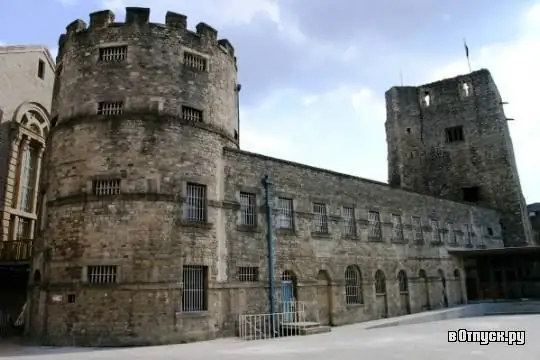
Description of the attraction
Oxford Castle is a large, partially ruined, medieval Norman castle in the city of Oxford, UK. The Abingdon Chronicle states that the castle in Oxford was built by the Norman knight Robert d'Ouilly, an associate of William the Conqueror. The castle was built in the western part of the city, on the banks of the Isis River (the name of the Thames on the territory of Oxford). It is not known for certain whether an Anglo-Saxon fortress existed in this place, but the existence of a city here is beyond doubt.
The original wooden castle was of the mott-and-bailey type and copied the castle built by Robert d'Ouilly at Wallingford. In the middle of the 12th century, the castle was rebuilt in stone. First of all, this reconstruction affected the tower of St. George - the highest and most powerful tower of the castle, which housed the chapel and crypt.
During the era of baronial wars, Robert d'Auilly the Younger, nephew of Robert d'Auilly the Elder, who at first was a supporter of King Stephen, then went over to the side of Empress Matilda. She took refuge in the castle during the siege for three months, then made a daring escape. Dressed in white so that she would not be seen in the snow, Matilda, accompanied by only three or four of her knights, descended the castle wall, crossed the frozen Isis River and arrived safely in Abingdon. The next day, the castle surrendered to King Stephen.
Over the next decades, the castle loses its military significance and gradually collapses. During the Civil War, the castle was still used by the royalists as a fortress, but then it completely fell into disrepair and was used as a prison. Formally, at this time, the castle belongs to Christ Church College. In 1770, John Howard, a renowned humanist and philanthropist, visited the castle several times. The result of his visits was the reconstruction of the Oxford prison.
The prison was closed in 1996. Now on its territory there is a museum, shopping and business complex. Some of the prison cells have been converted into hotel rooms.






